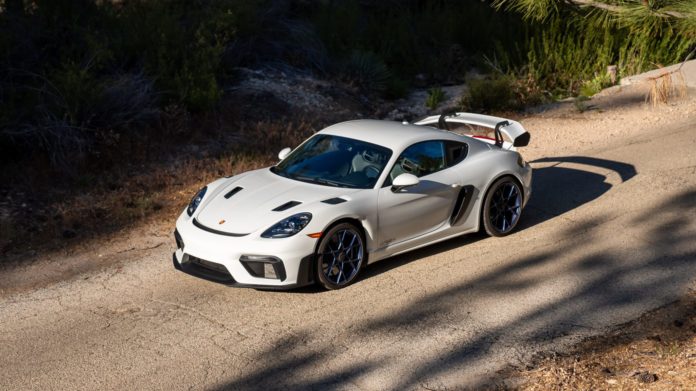Once reserved for die-hard enthusiasts willing to put up with high entry costs, partake in expensive racing events, and keep up with pricey maintenance fees, the track-capable sports car has gone mainstream. Contrary to what logic may suggest, it seems the more hardcore a given model now becomes, the more people are drawn to it, its price mattering little as long as it’s able to deliver a thrilling experience.
The ubiquity of Porsche’s club racers for the road and the vast expansion of its GT cars over the last decade starkly contrast growing industry trends. In search of luxurious versatility, performance cars have generally become heavier, overly isolated, and thus less dynamically exciting, regardless of the mind-boggling performance stats they can deliver. Track-capable sports cars, like the Porsche 718 Cayman GT4 RS, now thrive because of a growing counter-culture, a corner of the car-buying public that seeks the sense of occasion only a shrinking number of sports cars offer.
The driving force fueling the widening appeal of these loud, firm, and often compromised machines centers entirely around this rarified experience behind the wheel. Who cares about suspension harshness or noise isolation when you’ve got a 9,000-rpm naturally aspirated wailing flat-six seemingly bolted to your right foot?
However, as these track-day specials become even more hardcore with each new generation, they fall into an unexpected catch-22. What good is a sports car if it can only deliver tantalizing thrills at speeds unachievable on public roads? Can a Porsche GT car succeed if it only offers these sought-after thrills on the right road under ideal conditions? These highly focused sports cars, which, let’s face it, will spend most of their time on the street, have to strike a perfect balance between offering performance apt for the track while delivering a driving experience that’s still exciting at slower speeds.
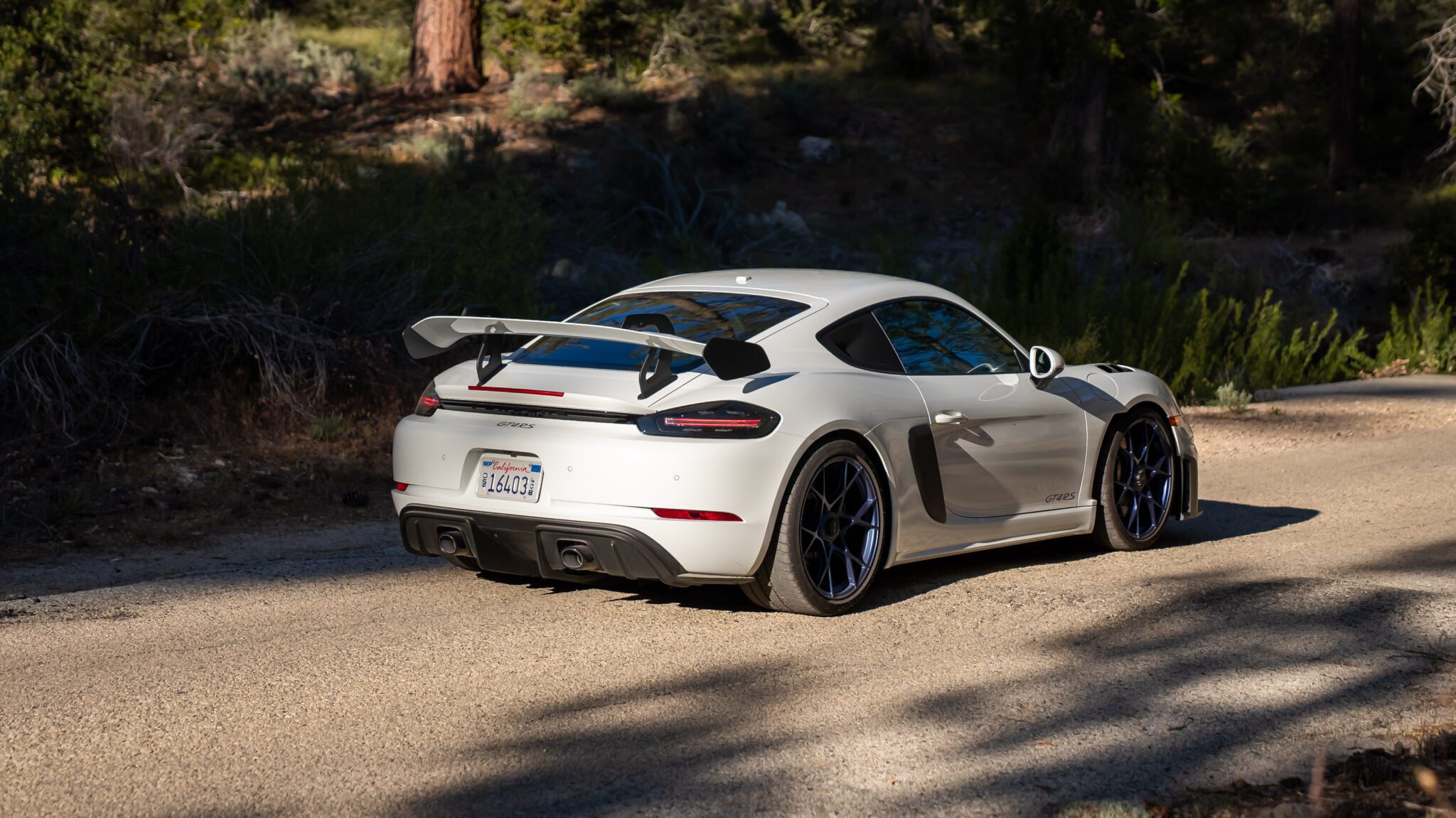
This brings us right back to the aforementioned Porsche 718 Cayman, which, from now on, I’ll refer to mainly as the GT4 RS. After a week on the road, I’m convinced it is one of the few remaining cars able to walk this tightrope. Due to constricting emissions regulations, cars like it will soon vanish forever, replaced by quicker but most likely heavier, muted EVs. However, from the moment you settle into its fixed-back carbon fiber bucket seats, twist its key left of the steering wheel, and ignite its 911 GT3-sourced 4.0-liter flat-six, you get a sense that as the GT4 RS gets ready to bow out, it’s retiring at the top of its game.
Although slightly detuned to 493 horsepower and 331 pound-feet of torque, nine horses shy of the GT3’s 502-hp figure, the GT4 RS counters the loss with a reduced curb weight figure of 3,227 pounds. Achieved mainly through composite materials, it sports a carbon fiber hood and front fenders as standard. In total, it’s 49-lb lighter than a PDK-equipped GT4.
However, this car is practically defined by its aerodynamic goodies. An adjustable front splitter balances out a configurable swan-neck spoiler, a là 992 GT3, which generate up to 220 lb of downforce at 125 mph combined. Opt for the $13,250 Weissach Package, and its front trunk lid, side air intakes, side view mirrors, and rear wing will trade a dull plastic finish for an exposed glossy carbon weave.
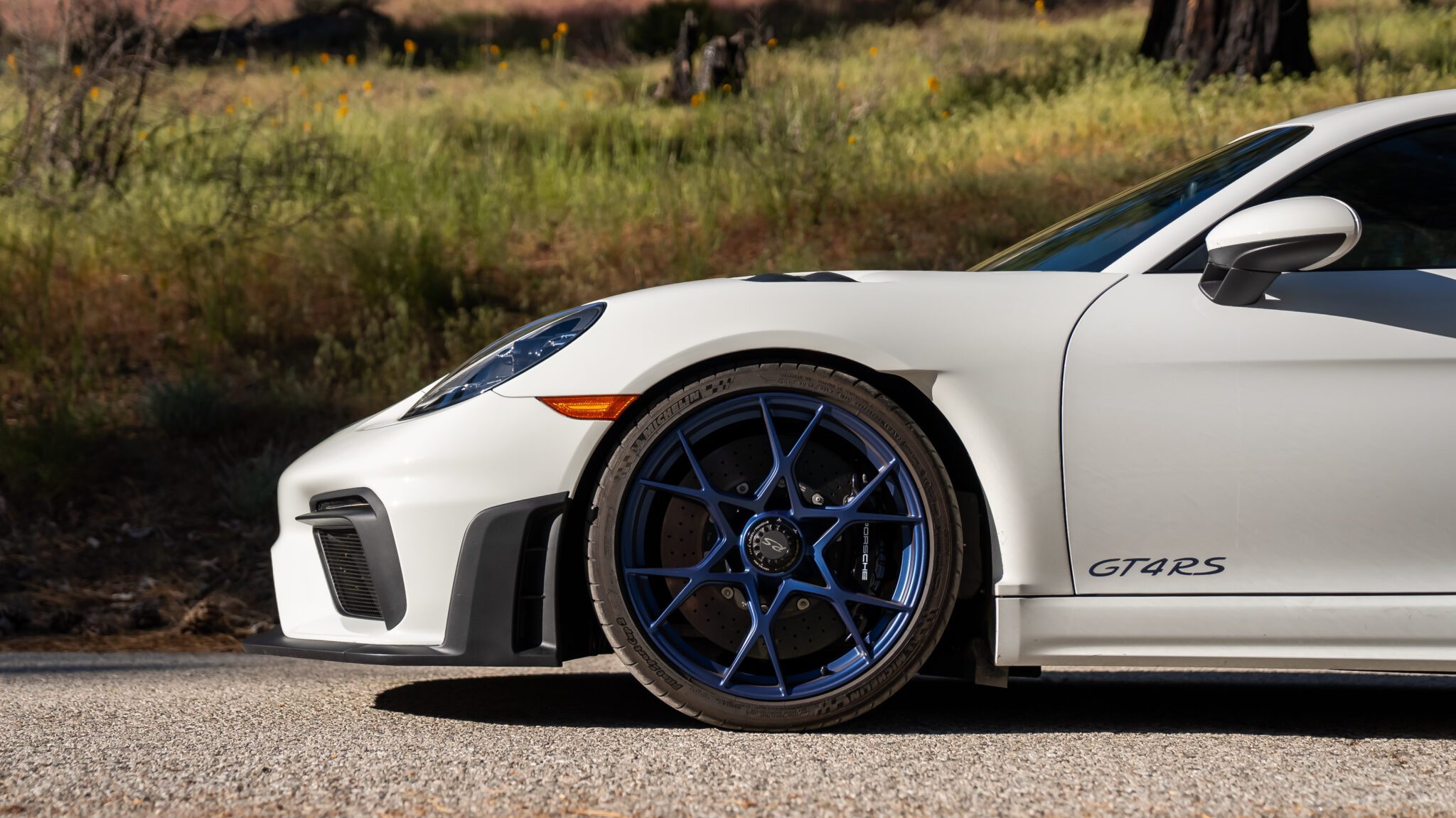
The RS continues its parts borrowing by mirroring the 991.2 GT3 RS’ gear ratios while inheriting the 991.2 GT3’s limited-slip differential. Even its dual-mass flywheel comes from the GT4 Clubsport. Although it lacks a manual option like the GT4, Porsche specifically developed its seven-speed dual-clutch, allowing for a 3.2-second sprint to 60 mph, a 10.9-second dash to 124 mph, and a 196 mph top speed.
Additionally, the GT4 RS is structurally different from a standard 718 Cayman. Its front end comes from the 991 Carrera 4S, while it retains the reinforced spring towers introduced for its GT4 and Spyder siblings. As such, it’s now rigid enough to offer a front-axle lift system; a must given how far its front splitter extends. Its increased structural rigidity pairs with a unique set of dampers and a larger set of standard steel brakes, although my tester wears an $8,000 set of carbon-ceramic stoppers.
More impressive than the length of its equipment list is how these cherry-picked parts still manage to come together to deliver a memorable driving experience. It takes seconds behind the wheel for the GT4 RS to quickly remind you of how light and small it is, especially by modern standards. Sliding into its carbon bucket seats, you sit low, deep in its chassis, with your back almost perfectly upright and parallel to its small buttonless steering wheel.
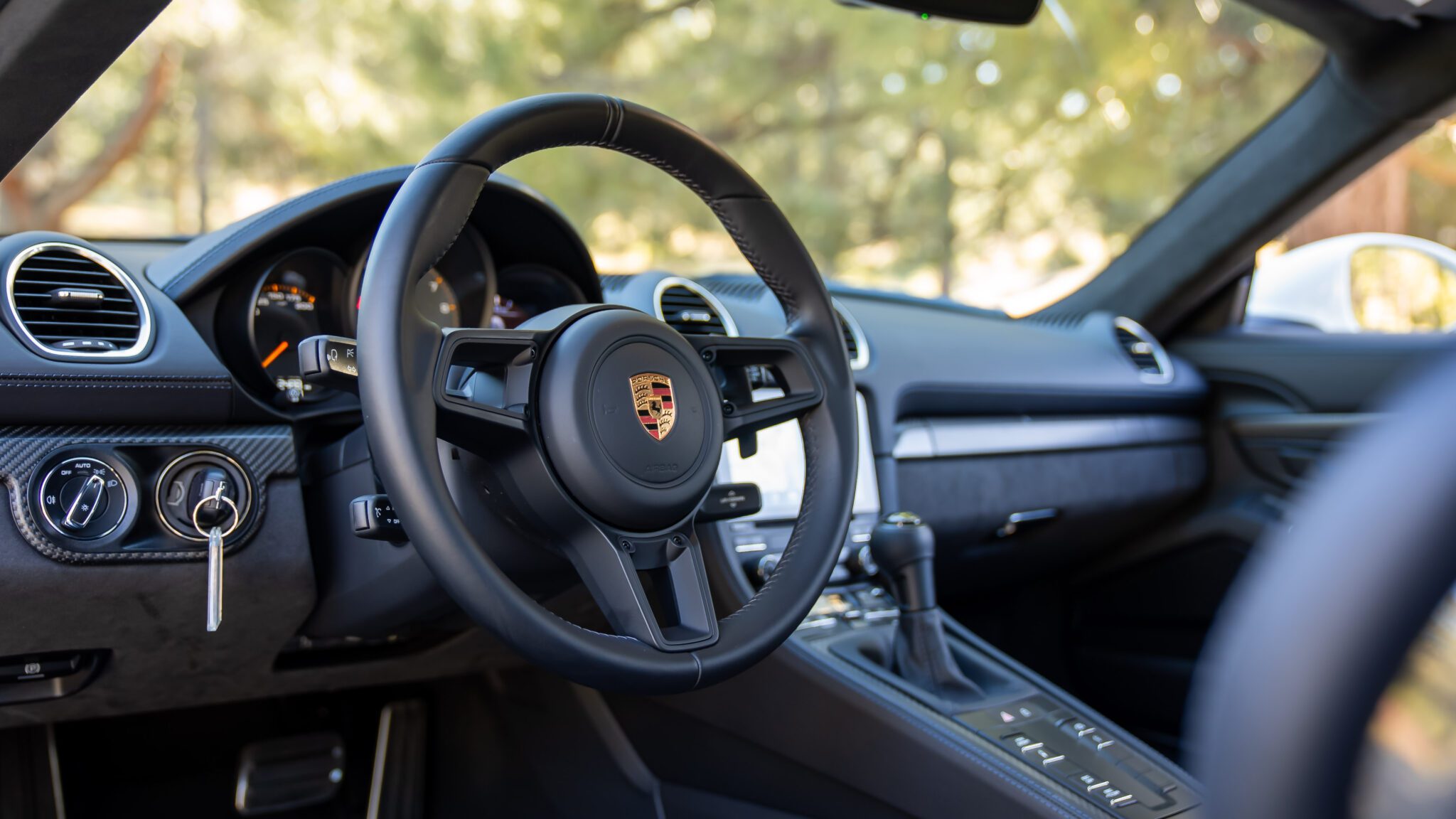
As a result of this lower seating position, paired with a reduced sound deadening, a more rigid chassis, and crucially firmed-up dampers, the GT4 RS overwhelms the senses with feedback. It constantly communicates even minute details of the road surface below while accurately indicating the available grip. At speed, you can even feel the small rocks flying up from its sticky Michelin Pilot Sport Cup 2 rubber and bouncing off its bodywork.
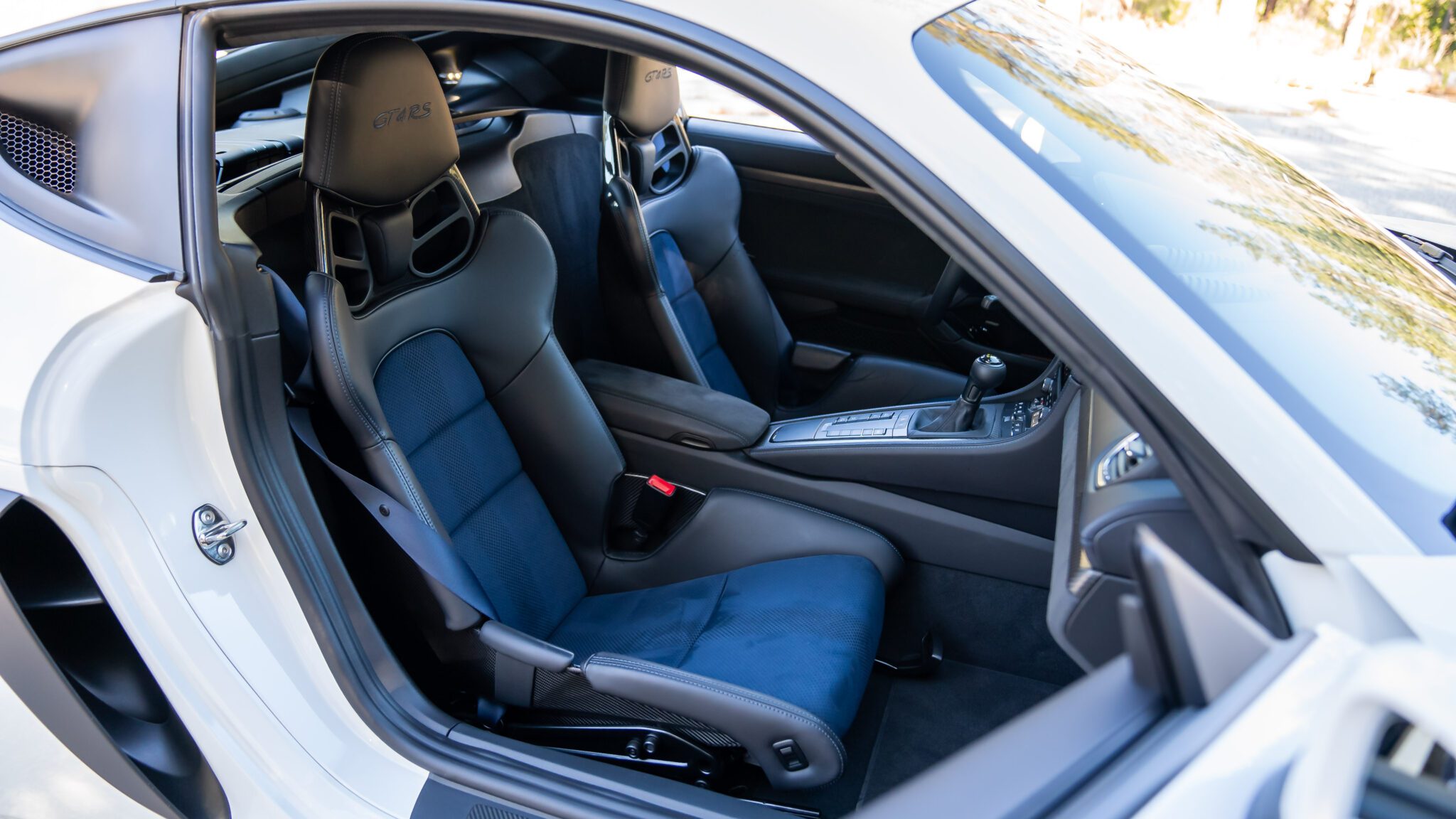
However, as far as theatrics go, nothing compares to the wailing sound of its raspy, high-revving, naturally aspirated flat-six. It’s as if its intakes are bolted to the back of your skull because they practically are. As its six independent throttle bodies open and the revs climb, you get a true crescendo whose pitch heightens until its volume suddenly spikes as you cross 8,000 rpm.
It’s as if the countless bolts and studs holding this 4.0-liter engine together get ready to explode as you max out at 9,000 rpm, click the right paddle, and do it all again. Although a quick-shifting PDK transmission is nothing new, its closely spaced gears mean you can sit at the very top of the rev range effortlessly as your ears ring and your brain melts from the rush of noise. Although the GT4 RS isn’t the only borderline painfully loud car on sale, due to the proximity of its intakes, gasping for air just behind your seat, it’s as if the air is rushing by your head and into the engine. There’s genuinely nothing else like it.
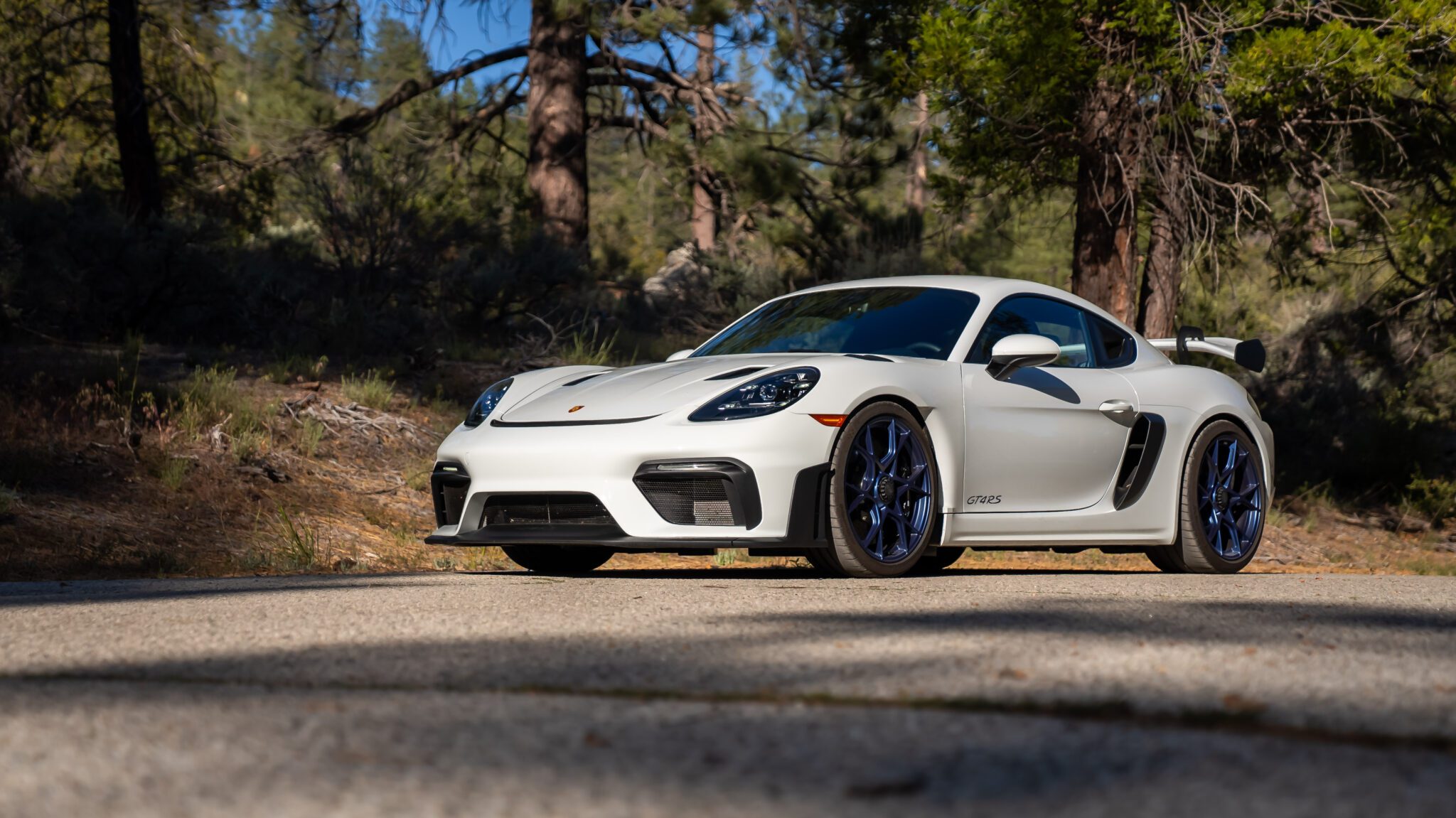
Like most high-downforce cars, diving into a corner in the GT4 RS requires a mix of skill and faith. Drive it cautiously, and you won’t properly heat its Cup 2 tires or flow enough air over its front splitter, resulting in unwanted push from the front end. However, commit to exploring its limits, and it’s quick to respond, giving you more performance the quicker you go.
At the proper speed, its front grips up tremendously well, which, thanks to this car’s light curb weight figure, is always eager to change direction. With its massive wing buttoning down the back, you can lean into the throttle early, resulting in higher corner exit speeds. Even under heavy braking, its carbon-ceramic brakes stop with tremendous force, and the RS remains perfectly balanced. It’s a car whose capabilities far exceed anything you can fully appreciate on the street, but it doesn’t require ultra-high skill levels to exercise and enjoy properly.
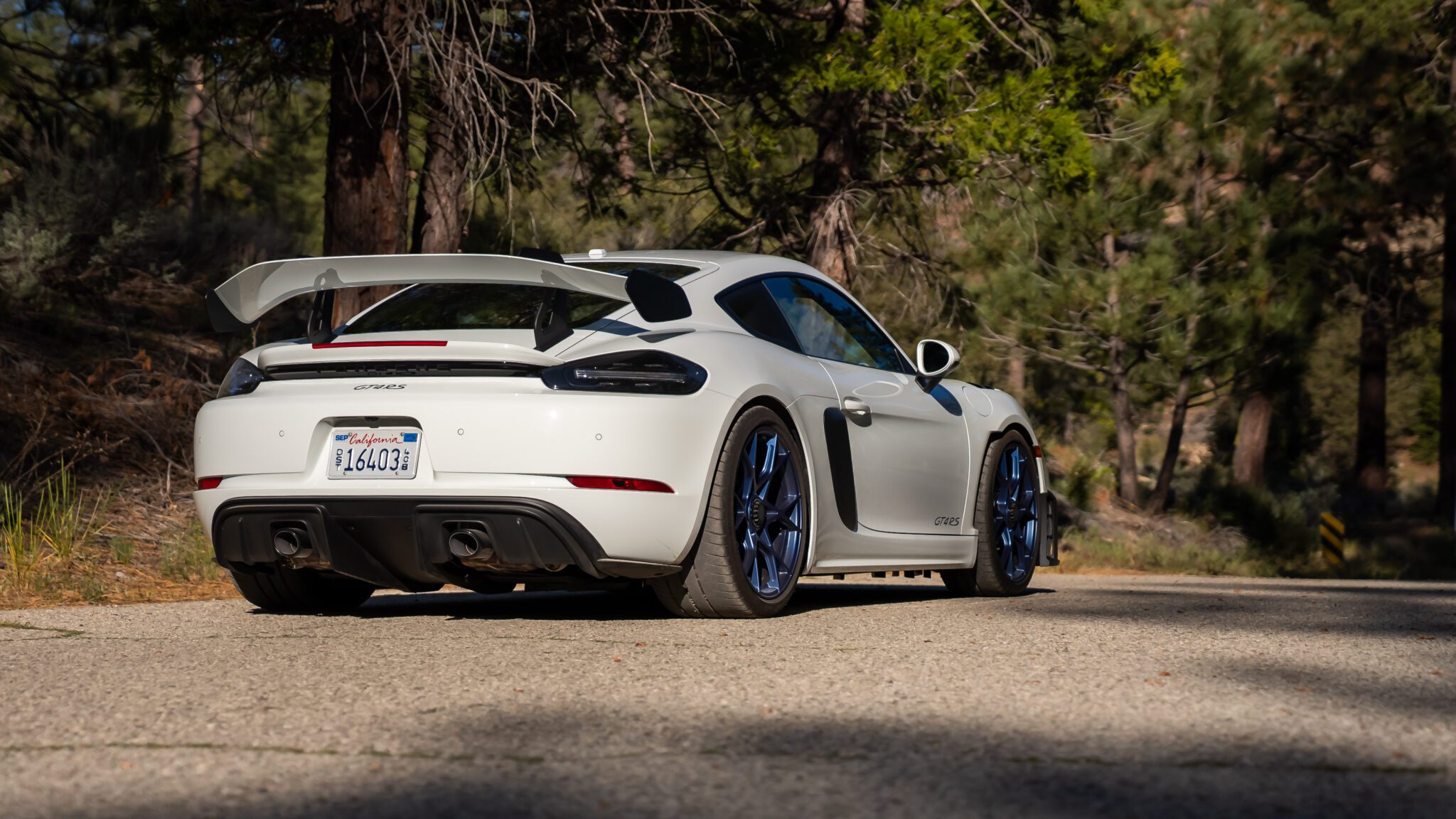
However, as with most track-prepped sports cars, a deserted back road or a finely paved circuit is the only place the GT4 RS wants to be. Although its characterful engine and feedback-rich chassis deliver low-speed thrills, it’s miserable to cruise around in. However, this is precisely the point: a car as focused as this can only achieve the heights of performance it does by abandoning the common trend of trying to be all things to all people. It shines above most other performance machines, even those costing twice as much, by honing in on serving these specific goals.
Pricing is a sticky subject when covering the GT4 RS and rare Porsche cars in general. For 2024, it starts at $163,650, including a $1,650 delivery and a $1,300 gas guzzler fee. Thanks to options like its $8,000 carbon-ceramic brakes, $3,040 front-axle lift system, and its $1,500 LED headlights, to name a few, my tester comes in at $182,680. However, as recent years have shown us, this on-paper price is practically irrelevant, with most examples selling way above this figure in both the new and used markets.
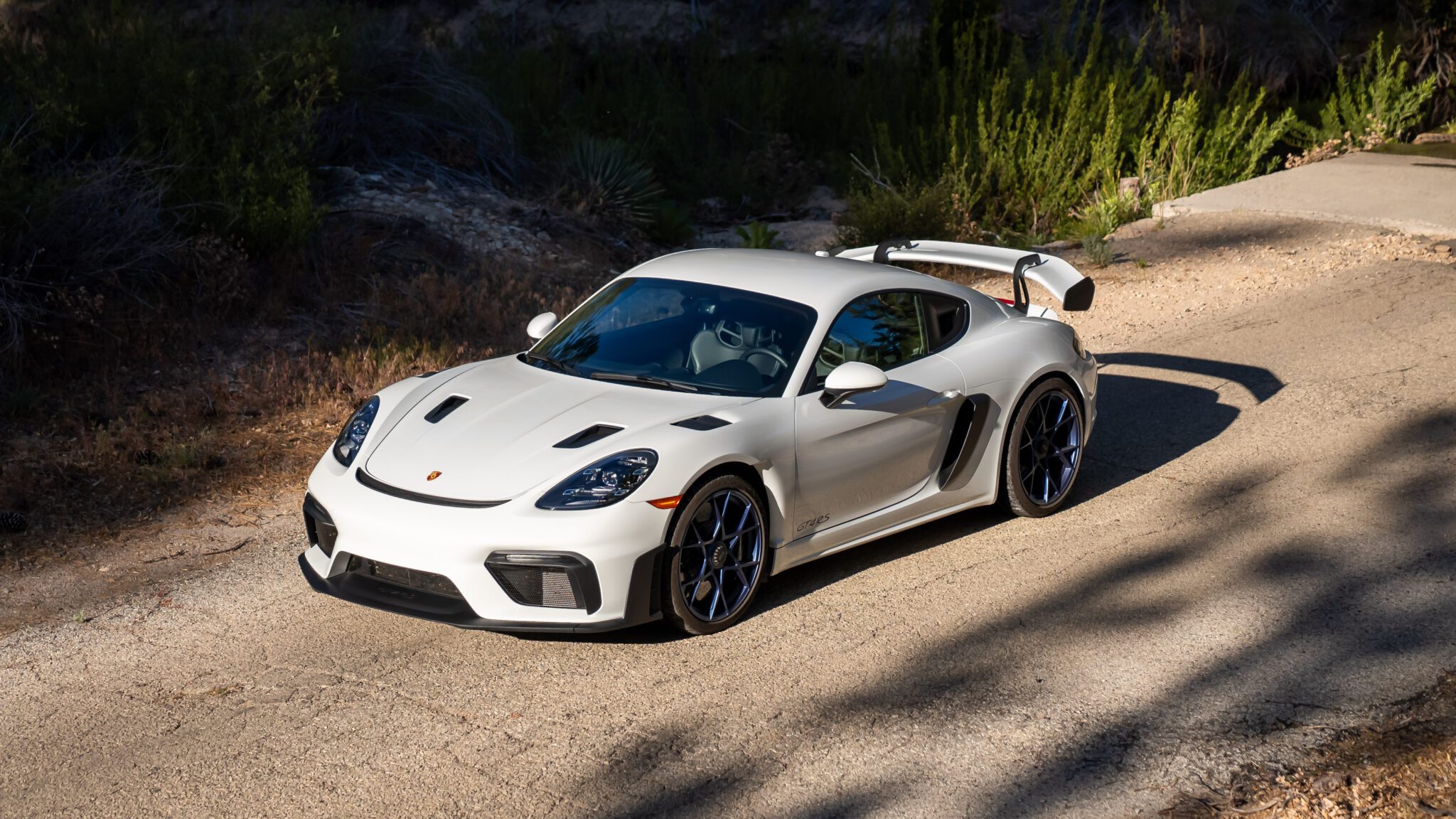
This vast demand, easily overcoming the relatively low supply of these track-focused machines, is a clear example of their skyrocketing popularity. Although a decent portion of the market views Porsche GT cars as much like blue-chip stocks, a dedicated sector understands that what truly drives the value of these cars is the experience they can provide.
People are willing to overpay for the GT4 RS and machines like it precisely because of the thrills it delivers and considering how good it is. As regulations make a direct successor practically impossible, its appeal will only rise with time as people clammer for cars from a soon-to-be-forgotten age of engaging and thrilling performance.

